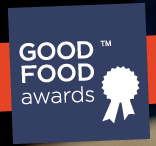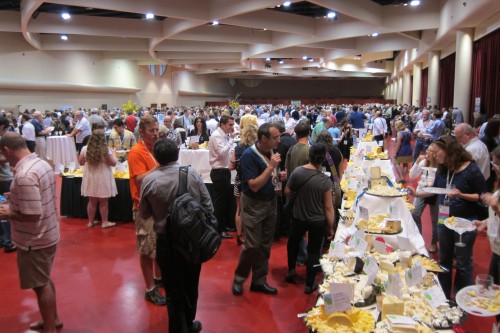
Early in the Festival, before the public was allowed to join the conference attendees, the Monona Terrace ballroom is filling up.
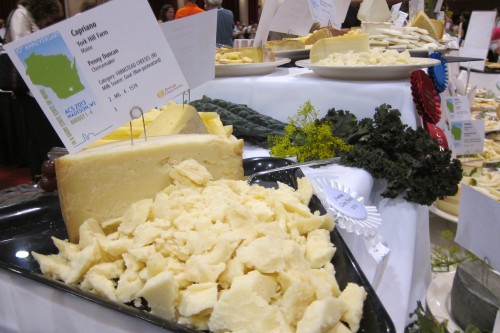
York Hill Farm’s award winning Capriano in the Farmstead Cheese category.
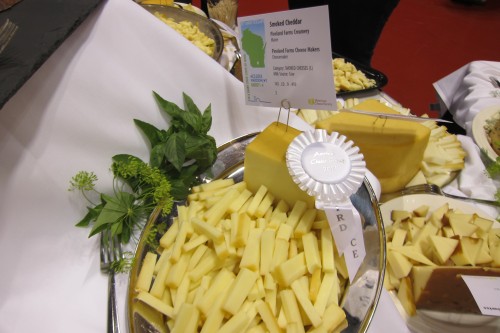
PIneland Farm Creamery’s Smoked Cheddar…

…and their first place Cheddar Spread
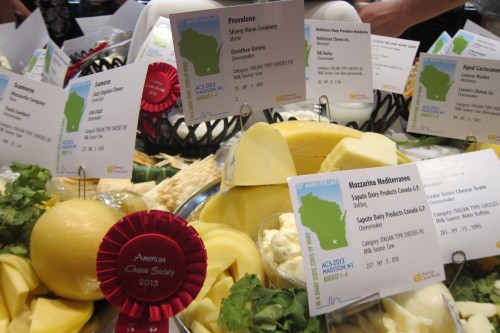
Silvery Moon Creamery’s Provalone in the Italian Style category
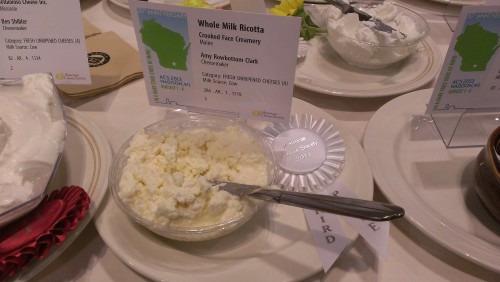
And from the Breakfast of Champions earlier in the day: Crooked Face Creamery’s Ricotta
